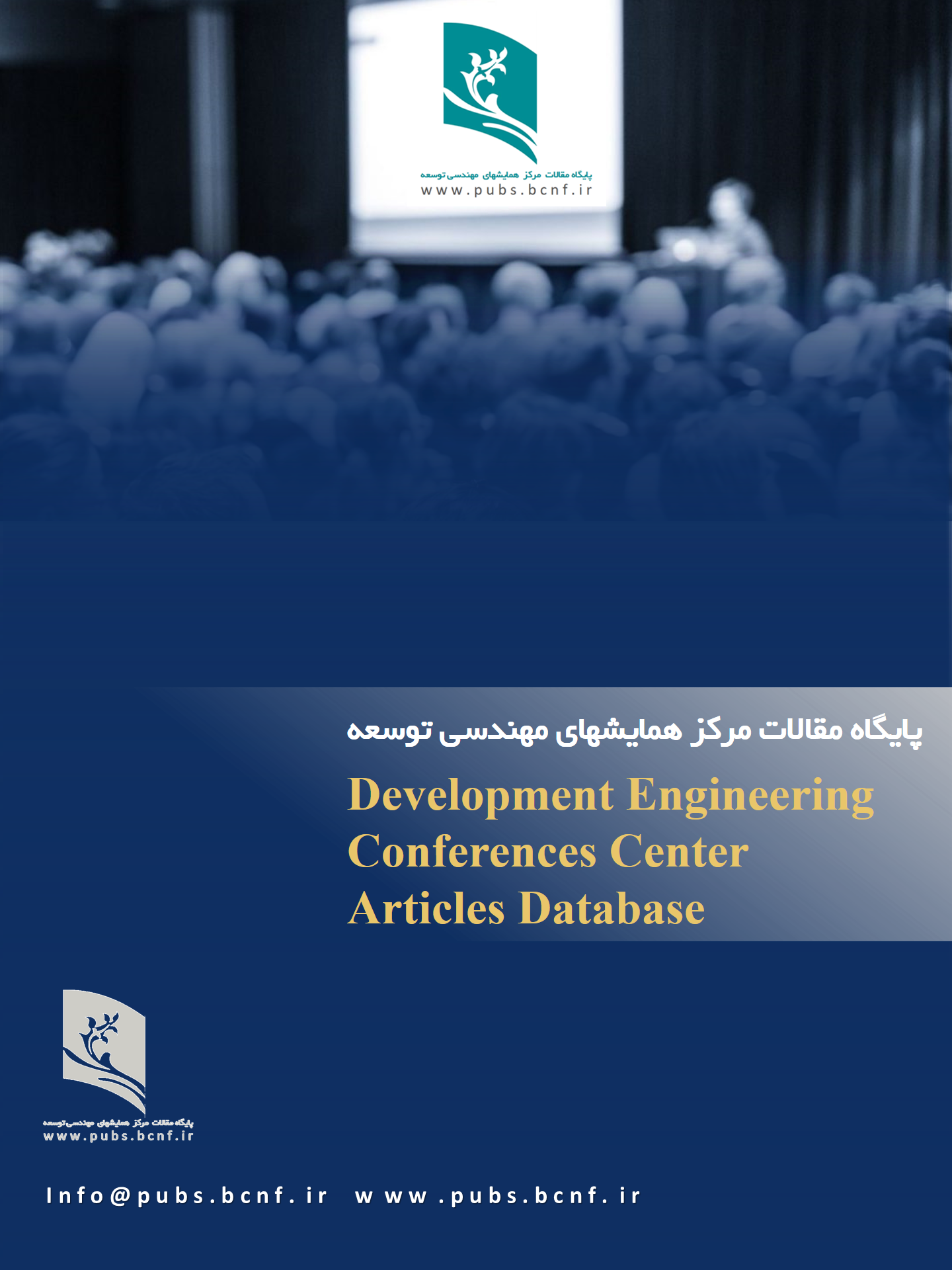Application of Nanofibers in Drug Delivery
DOI:
https://doi.org/10.5281/zenodo.15641053Keywords:
Nanofibers, Drug delivery, Vitamins delivery, Biomedical applicationsAbstract
The growing interest in polymeric nanofibers for drug delivery systems is attributed to their exceptional micro and nanostructural characteristics, which include a high surface area, small pore size, and the ability to form three-dimensional structures. These properties enable the development of advanced materials with diverse applications in biomedicine. Electrospinning is recognized as a straightforward and cost-effective method for fabricating nanofibers. The electrospinning setup comprises a syringe with a nozzle, an electric field source, and a grounded target, along with a pump to facilitate the flow of polymer solutions. The electrospinning process is influenced by various parameters, categorized into solution, process, and ambient parameters, all of which significantly affect the morphology and characteristics of the resulting nanofibers.
Characterization methods for nanofibers include imaging techniques such as optical microscopy, scanning electron microscopy, and atomic force microscopy, as well as porosity measurement methods like mercury porosimetry. The chemical properties of nanofibers can be analyzed through Fourier transform infrared spectroscopy and nuclear magnetic resonance. The multifaceted applications of nanofibers in drug delivery encompass the delivery and detection of vitamins, DNA and siRNA delivery, growth factor delivery, and approaches for oral mucosal and peroral drug delivery, alongside their roles in biosensors, tissue engineering, regenerative medicine, and wound dressings. This comprehensive review focuses on recent advancements in nanofiber technology and its profound implications for enhancing clinical outcomes in drug delivery.
Downloads
References
[1] Sunil CU., et al. (2015). Nanofibers in drug delivery: an overview. World Journal of Pharmaceutical Research, 4(8), 2576-2594.
[2] Alijaniha, M. (2024). Preparation of eugenol nanoemulsion by the spontaneous method. Conferences Proceedings, 1(1). https://doi.org/10.5281/zenodo.14575211
[3] Hassan, M., Alijaniha, M., Jafari, S., & Ghafari, A. (2024). Physicochemical properties and antimicrobial efficacy of eugenol nanoemulsion formed by spontaneous emulsification. Chemical Papers. https://doi.org/10.1007/s11696-024-03847-y.
[4] Chauhan D., et al. (2018). Electrochemical immunosensor based on magnetite nanoparticles incorporated into electrospun polyacrylonitrile nanofibers for vitamin-D3 detection. Materials Science and Engineering C, 93, 145-156.
[5] Zong X., et al. (2002). Structure and process relationship of electrospun bioabsorbable nanofiber membranes. Polymer, 43(16), 4403-4412.
[6] Li T., et al. (2017). Engineering BSA-dextran particles encapsulated bead-on-string nanofiber scaffold for tissue engineering applications. J Mater Sci, 52, 10661–10672.
[7] Ostrovidov S., et al. (2014). Myotube formation on gelatin nanofibers – multi-walled carbon nanotubes hybrid scaffolds. Biomaterials, 35, 6268–6277.
[8] Yu J., et al. (2014). Electrospun PLGA fibers incorporated with functionalized biomolecules for cardiac tissue engineering. Tissue Eng Part A, 20, 1896–907.
[9] Chen FM., et al. (2010). Toward delivery of multiple growth factors in tissue engineering. Biomaterials, 31(24), 6279–6308.
[10] Lai GJ., et al. (2014). Composite chitosan/silk fibroin nanofibers for modulation of osteogenic differentiation and proliferation of human mesenchymal stem cells. Carbohydr Polym, 111, 288–297.
[11] Jiang J., et al. (2018). 1α,25-dihydroxyvitamin D3-eluting nanofibrous dressings induce endogenous antimicrobial peptide expression. Nanomedicine (Lond), 12(1417-1432).
[12] Zhao R., et al. (2014). Electrospun chitosan/sericin composite nanofibers with antibacterial properties as potential wound dressings. Int J Biol Macromol, 68, 92–97.
[13] Cao H., et al. (2010). RNA interference by nanofiber-based siRNA delivery system. J Control Release, 144(2), 203–212.
[14] Volpato FZ., et al. (2012). Preservation of FGF-2 bioactivity using heparin-based nanoparticles, and their delivery from electrospun chitosan fibers. Acta Biomater, 8(4), 1551–1559.
[15] Sudhakar Y., et al. (2006). Buccal bioadhesive drug delivery--a promising option for orally less efficient drugs. J Control Release, 114(1), 15–40.
[16] Gazit E. (2007). Self-assembled peptide nanostructures: the design of molecular building blocks and their technological utilization. Chem Soc Rev, 36(8), 1263–1269.
[17] Yu DG., et al. (2013). Electrospun medicated shellac nanofibers for colon-targeted drug delivery. Int J Pharm, 490(1-2), 384-390.
[18] Alijaniha, M., Riahi, S., & Rigi, A. (2024). AI Chatbots and Telemedicine in Cancer Care: Supporting Patients and Enhancing Communications. Book Series 4 , https://doi.org/10.5281/zenodo.13777221



